The museum ship Dresden in Rostock is an impressive relic of Germany’s maritime history. The ship was built in 1956 and initially served as a transport ship for trade. After many years in active service, the ship was finally decommissioned.
The museum ship, a former coaster of the GDR, is today an important cultural monument and shows a permanent exhibition on the maritime history of the GDR. Here the visitor learns not only exciting details about life on board, but also interesting facts about the shipbuilding industry, trade and fishing in the GDR.

Motor ship Dresden
The Dresden was built at the Warnow shipyard in 1956/57. She is one of the first series of 10,000-ton general cargo freighters built at this shipyard in the GDR.

After being handed over to the Deutsche Seereederei, the ship sailed to East Asia, Indonesia, Africa, India and Latin America until 1969. Then, when the defects in the engine system became too great, repair was too uneconomical for cost reasons. The shipping company decided to decommission the ship.
From June 1970 it was used as the “Rostock Shipbuilding Museum” and in the 1980s as a youth tourist hotel.

Today, the Dresden is located in the IGA Park on the banks of the Warnow River and is an “exhibit” of the Rostock Shipbuilding and Navigation Museum. It is possible to visit and tour the ship.
Visit museum ship Dresden in Rostock
We walk along the banks of the Warnow River and approach a large ship. When we have almost reached it, I can read the lettering on the hull, it is indeed the museum ship. I hadn’t expected it to be this big at all and I was all the more excited to tour the ship.

We reached the entrance area via the rather steep gangway. There is a second entrance, which is barrier-free, here many families with small children went into the ship. Already when entering the ship I feel the special atmosphere and maritime flair. In the entrance area, you can buy the tickets and download an app on your phone with the help of a QR code. I listened to some text passages during the tour, which gave great explanations about the ship’s history, the ship’s structure and, of course, the points of contact during the tour. Anyone who has the opportunity to use the app should do so – it was well worth it.
Visit to the permanent exhibition
The permanent exhibition extends over several decks and is divided thematically into different areas.
Our tour began on deck 3. A temporary exhibition is shown in one part of the exhibition room. During our visit, the theme of the deep sea was the focus of the exhibition.

However, the largest part of the deck is taken up by the permanent exhibition. It deals with the Deutsche Seereederei Rostock, which developed into one of the largest shipping companies in Europe from 1952. For example, merchant ships and passenger ships sailed for this shipping company. I especially liked the huge ship models of some of the ships. These are rich in detail and show very well the structure of the ship. In addition, I was able to read a lot of information about the ship fleet and the Baltic ports on display boards.

The former stowage on deck 4 is another exhibition space on the museum ship in Rostock. Part of the deck was closed during our visit because the previous permanent exhibition was being rebuilt and modernized. The new permanent exhibition will show the maritime history of Mecklenburg-Vorpommern. One focus will be on shipbuilding and shipping history.
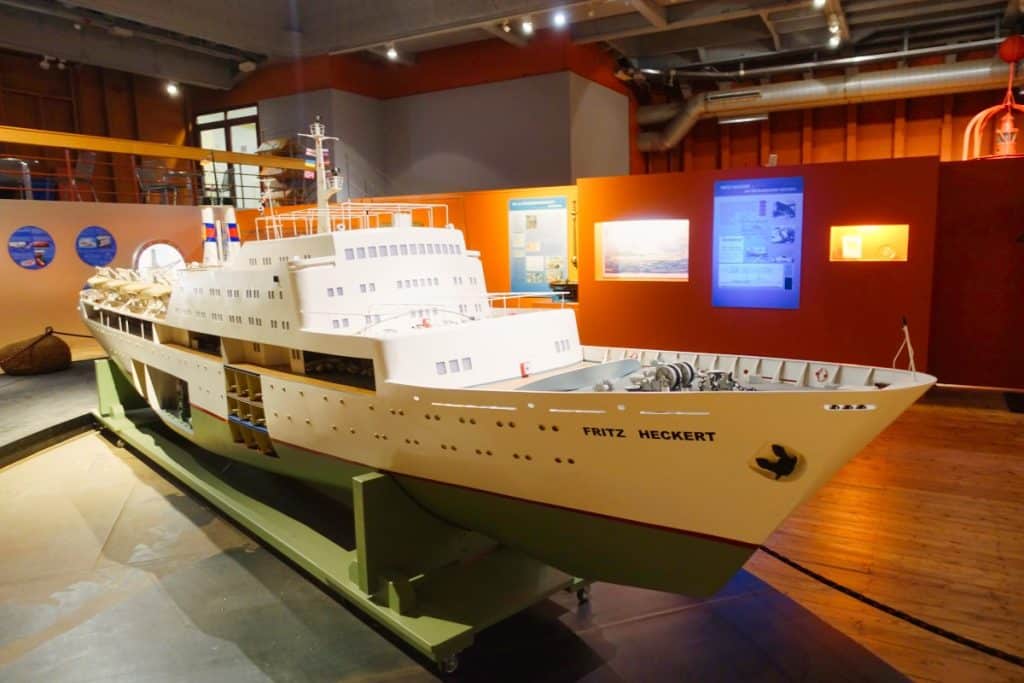
Upper decks
Next, we were drawn to the upper decks of the museum ship. Here, the visitor gets an insight into life on board. In the mess hall, the crew’s common room, I was able to get an idea of how the sailors spent their everyday lives on the high seas by looking at personal items, uniforms and everyday objects.

Through narrow corridors we reached the command bridge. Here, it seems as if the ship could depart immediately. The steering area is located in front of small windows that allow only quite little visibility to the outside. It’s amazing how you can dock in a harbor, for example, with so little visibility. At the time this ship was underway, computer technology had not yet reached the point where everything could be seen via screens.

Right next to the bridge is the navigation room and also the radio operator’s room. These are still in original condition and offer a great insight into seafaring of the 1950-1970s. From today’s perspective, it is almost unimaginable how navigation and radio communication was done back then.
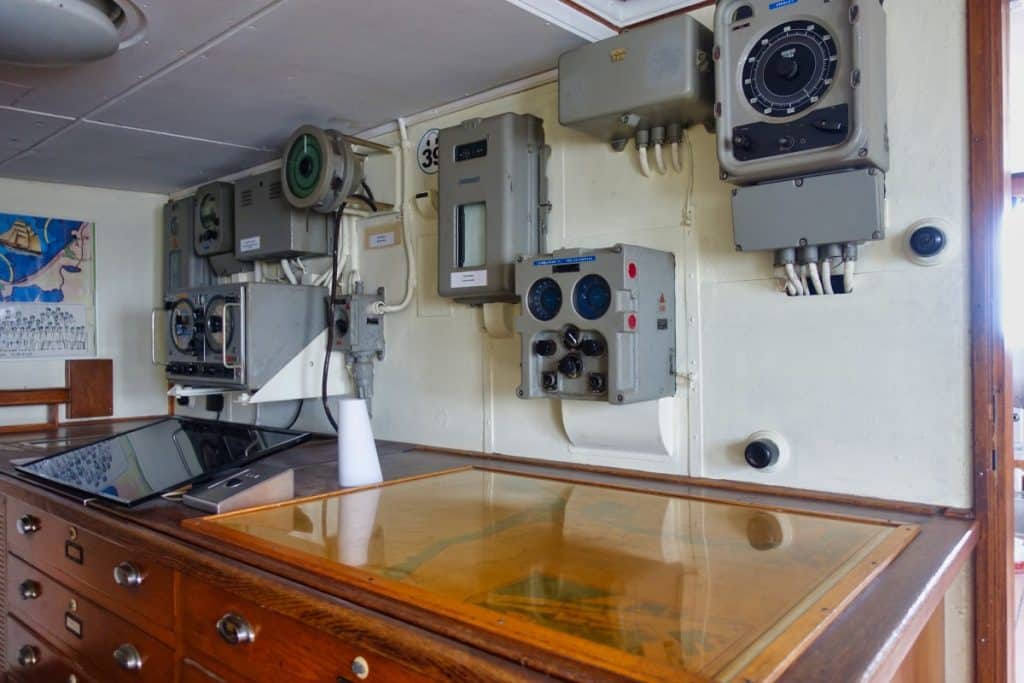
Looking into the faithfully furnished captain’s cabin, I almost feel like the captain of the ship. In contrast to the crew, he lived in an almost generously furnished cabin. We were also able to visit the crew’s recreation rooms.
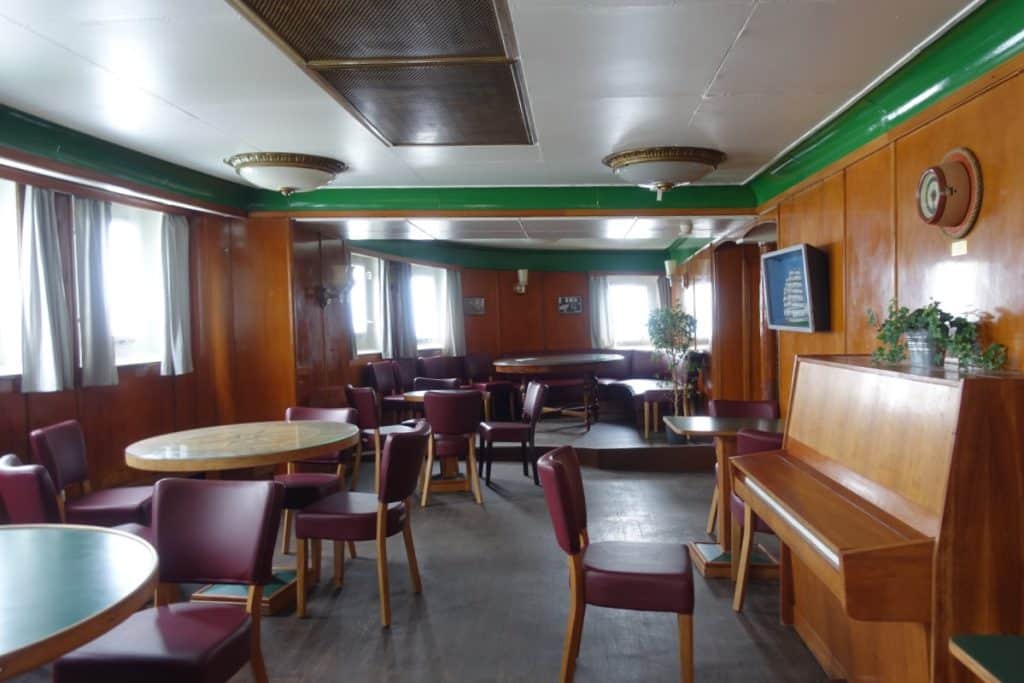
Outside decks
At the end of our tour, we were drawn to the outdoor decks.
The outside decks offer open spaces and seating where visitors can relax and enjoy the maritime atmosphere. From here, you have a great view of the harbor and the surrounding area. On the seaward side, I could have stood for hours and watched the hustle and bustle on the Warnow River. Ships were passing by, work was going on in the harbor facilities on the opposite side, and some water skiers were doing their rounds on the neighboring water ski course. On the land side there was less activity, only now and then a walker passed by.

The outside decks not only offer a wonderful view of Rostock harbor and the surrounding city, but also display some interesting exhibits. Huge Panama floodlights (was mandatory for crossing the Panama Canal), a fog gong and other deck structures, such as anchors, winches and ropes show that hard work was done here during the voyage.
We were impressed by the museum ship Dresden in Rostock. It is a great experience for visitors of all ages and a wonderful way to experience the history of German shipping. Anyone visiting Rostock should definitely visit the Museum Ship Dresden.

A fascinating tour of the open-air exhibition in front of the museum ship Dresden in Rostock
After we had explored the museum ship Dresden and its outer decks extensively, our tour led to the open-air exhibition in front of the ship. This exhibition is dedicated to maritime navigation, navigation marks and floating objects and offers interesting insights into the world of shipping and seafaring. The exhibition area is accessible free of charge.
The open-air exhibition is divided into different sections dealing with various aspects of maritime navigation.
Maritime mark
In this area are exhibited various sea marks, which serve for orientation and safety of navigation. These include lighthouses, buoys, beacons and beacons. Information panels explain the function and meaning of these sea marks, and how they help ships navigate at sea.

Anchor
The anchor section of the open-air exhibition presents a collection of anchors of various sizes, shapes and materials that have been used throughout the history of seafaring. Here we learn how anchors work, what role they play in securing ships and how their construction has changed over the centuries. Some of the anchors on display are historical specimens taken from shipwrecks or old ships.
Propellers
Another exhibition area is dedicated to the often huge ship’s propellers. Various types of propellers are exhibited here, which were used in different eras and for different classes of ships. Visitors learn how propellers contribute to the locomotion of ships, what technical aspects must be taken into account in the design of propellers and what impact their development had on the efficiency and speed of ships.

More exhibits
In addition, there is a lifting crane, the floating crane “Langer Heinrich” and some smaller ships to see.
The “Langer Heinrich” was built in 1960 in the former GDR at the shipyard “Neptun” in Rostock. The floating crane is about 50 meters long, about 20 meters wide and has a total height of almost 45 meters. With a lifting capacity of 100 tons, it was one of the most powerful floating cranes of its time and an important piece of work equipment in the port of Rostock. The crane was mainly used to lift heavy loads, such as ship engines, machinery or components.

One of these ships is located directly in front of the museum ship in Rostock. The steam tug “Saturn” was built in 1908 at the shipyard “Neptun” in Rostock and was originally intended for use in the port of Stettin (today Szczecin in Poland). In the following decades, the “Saturn” changed location several times and performed different tasks before the tug finally returned to Rostock in the 1970s. There, the ship was in service until the 1980s, before being decommissioned. The “Saturn” is about 22 meters long and has a coal-fired steam boiler that generates 250 horsepower. This enabled the tug to tow ships into port, pull barges or be used in salvage operations. The characteristic black plume of smoke rising from the chimney testified to the power of the steam engine.
Address:
Museumspark Rostock GmbH
Schifffahrtsmuseum Rostock
Schmarl-Dorf 40
D – 18106 Rostock
Opening hours:
November till March
Tuesday to Sunday
10:00 – 16:00
April till October
Tuesday to Sunday
10:00 – 18:00
Entrance fees:
Adults: 5,00 €



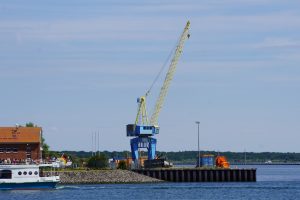

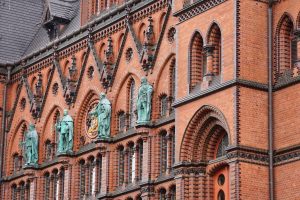
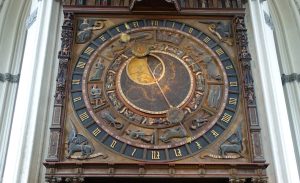



Leave a Reply